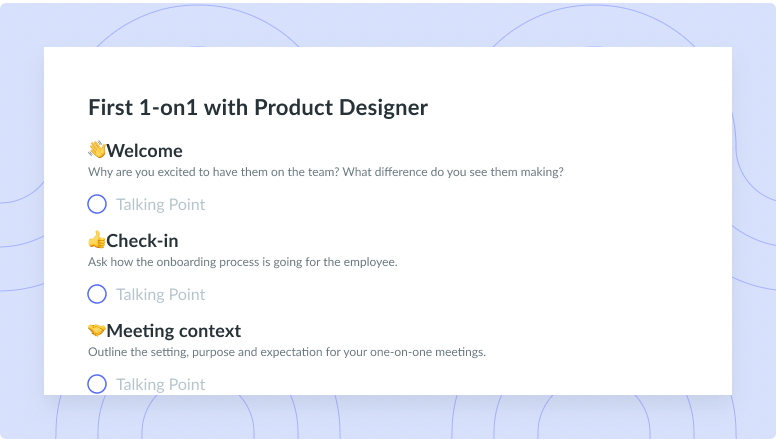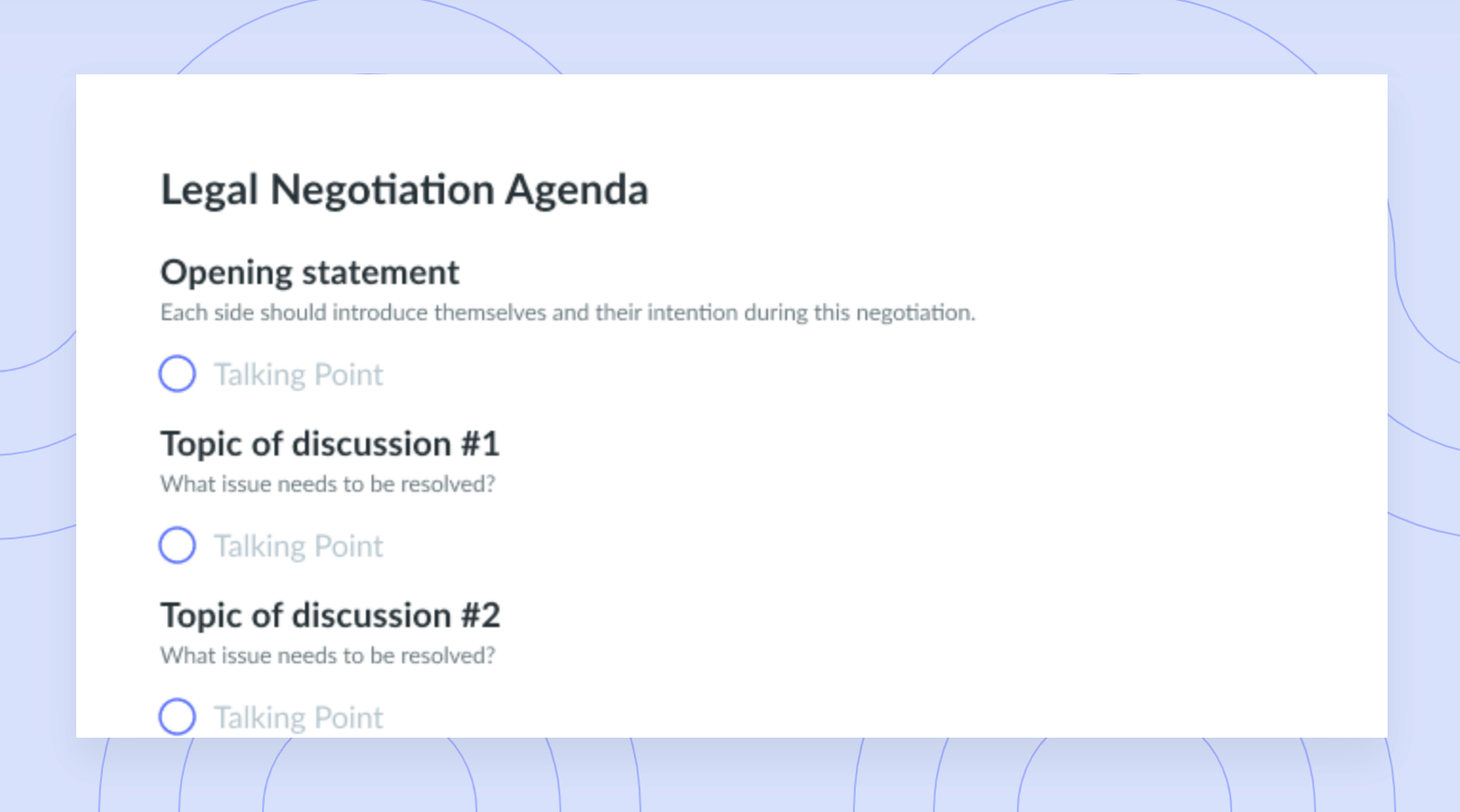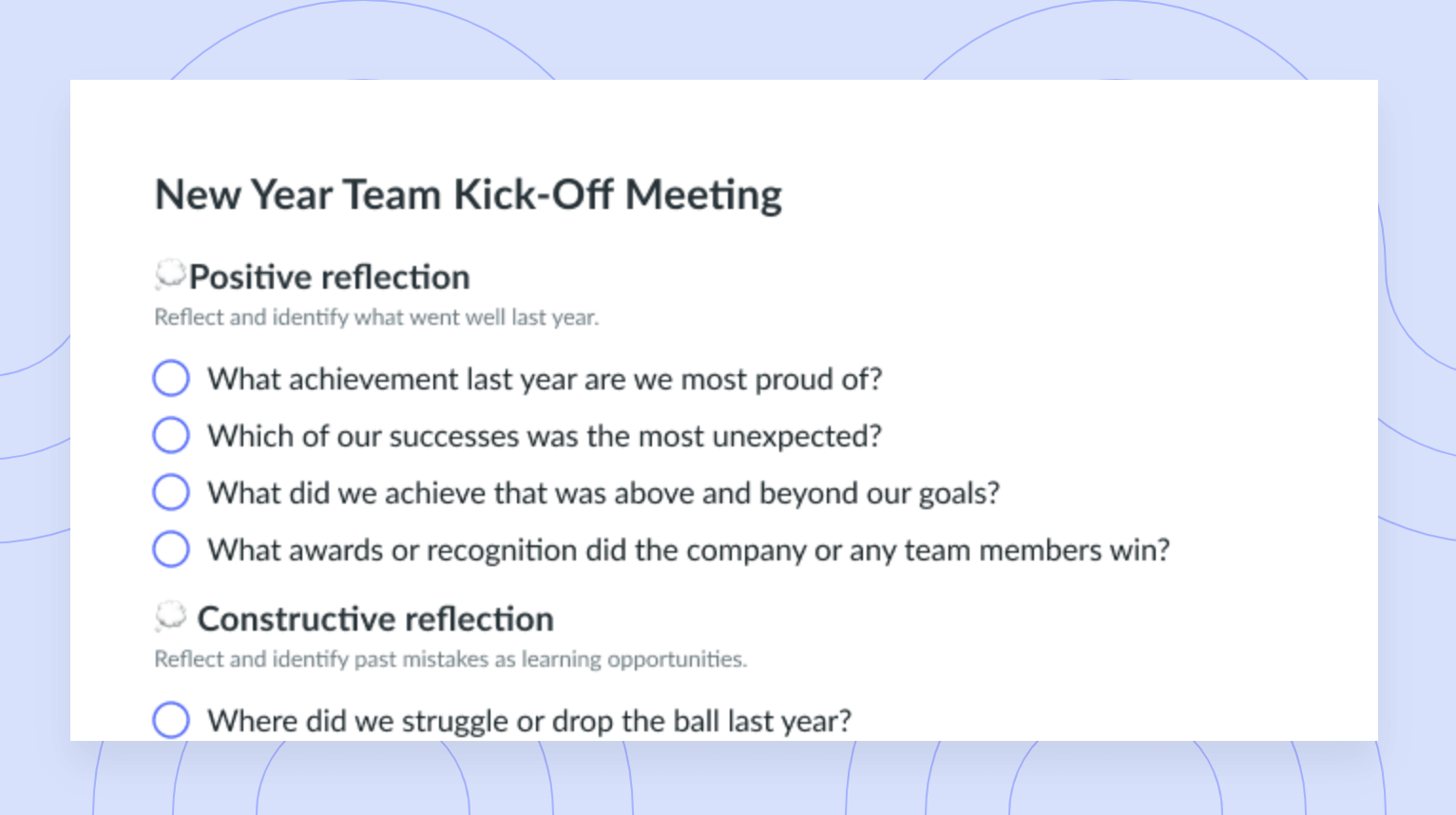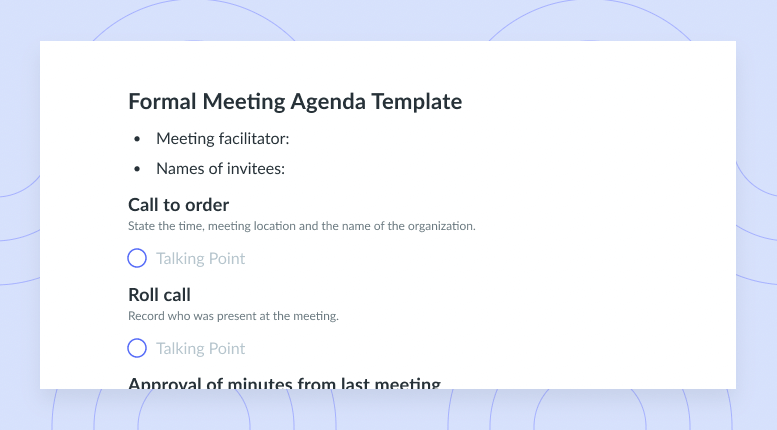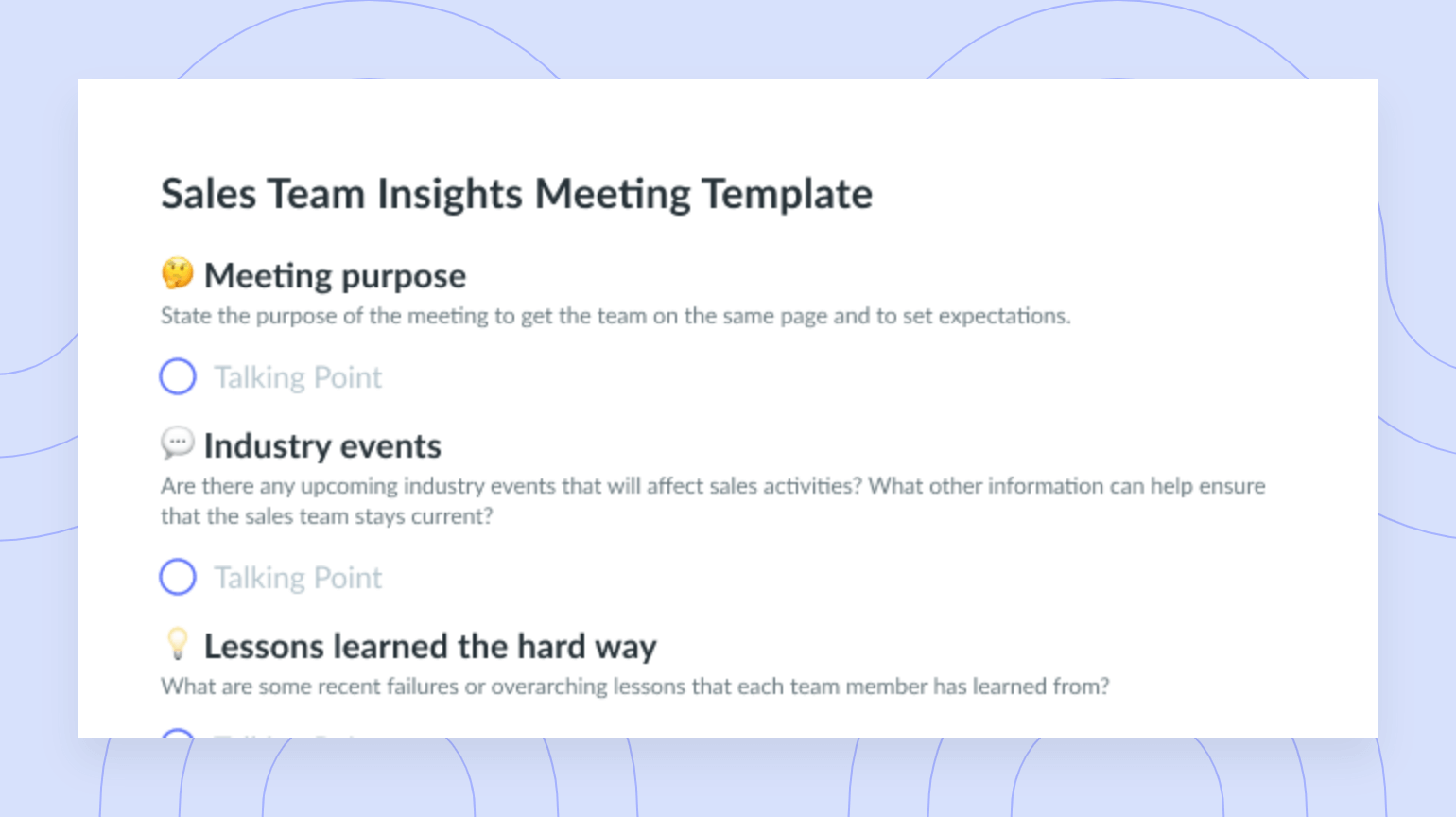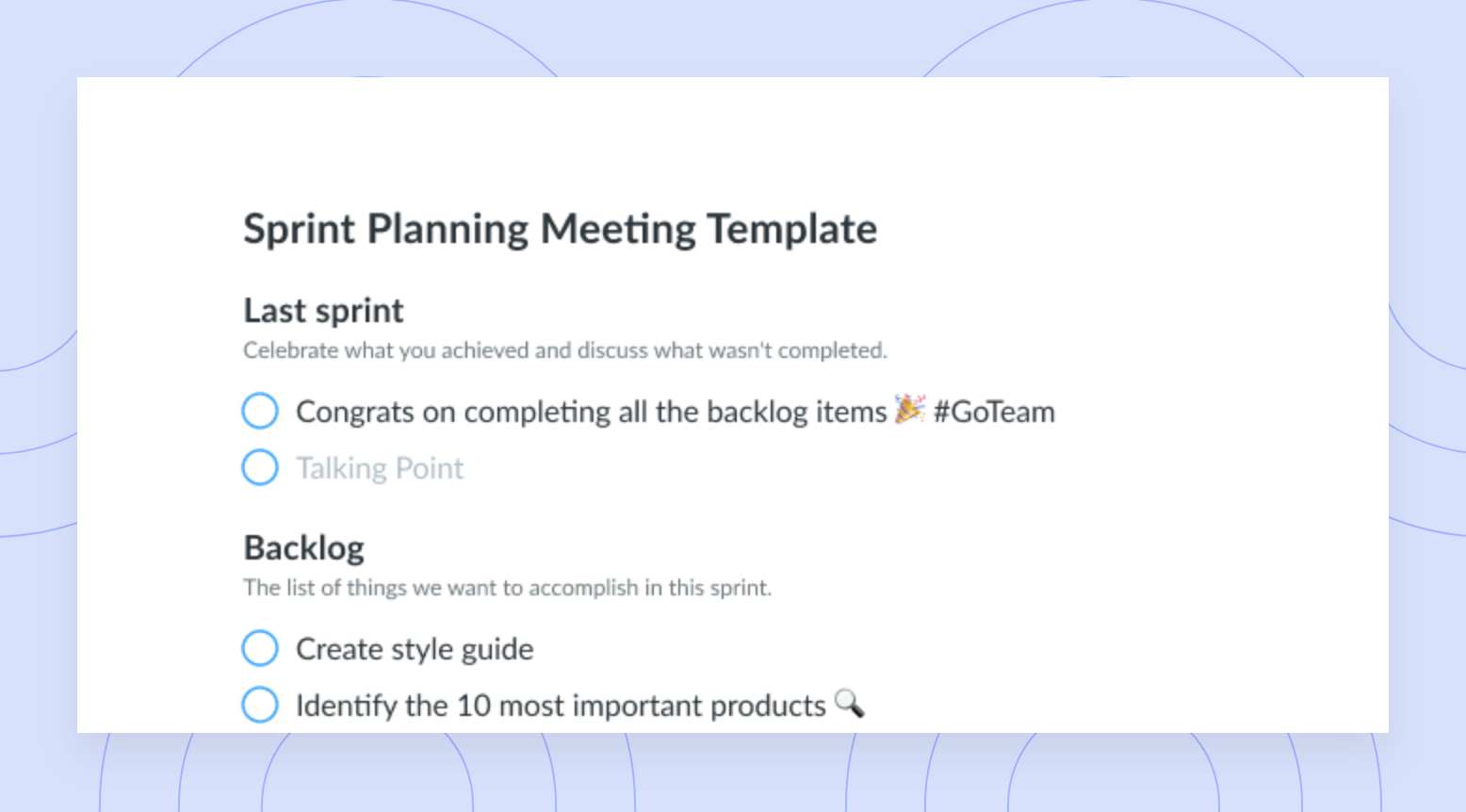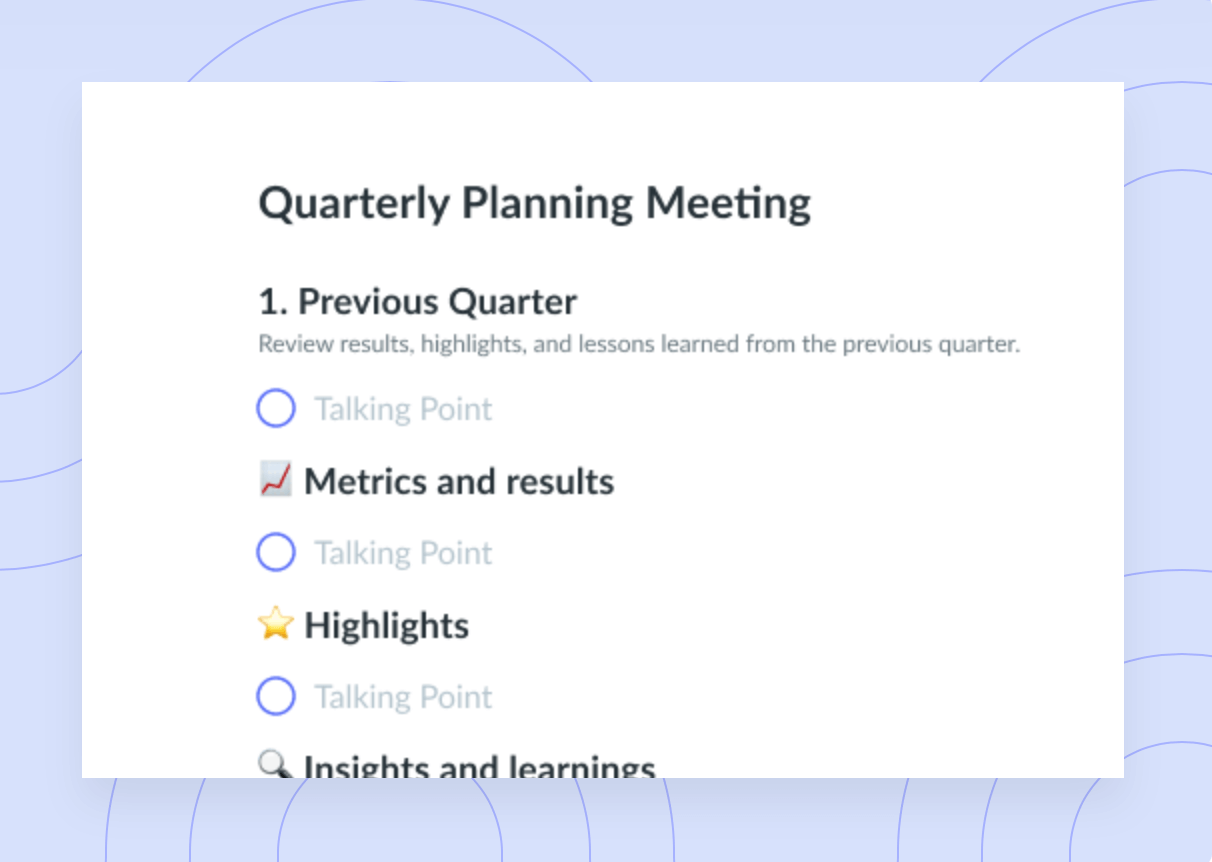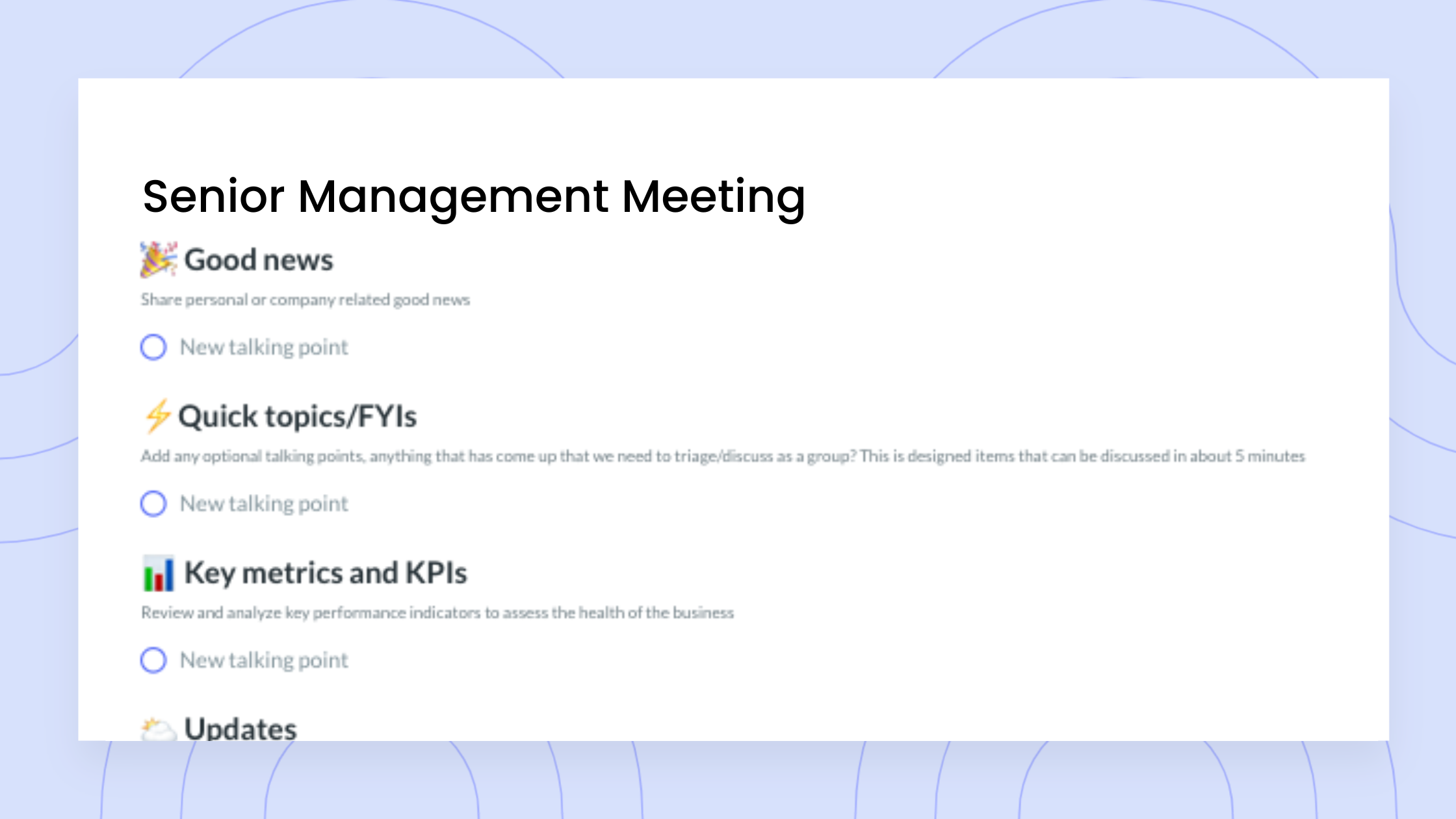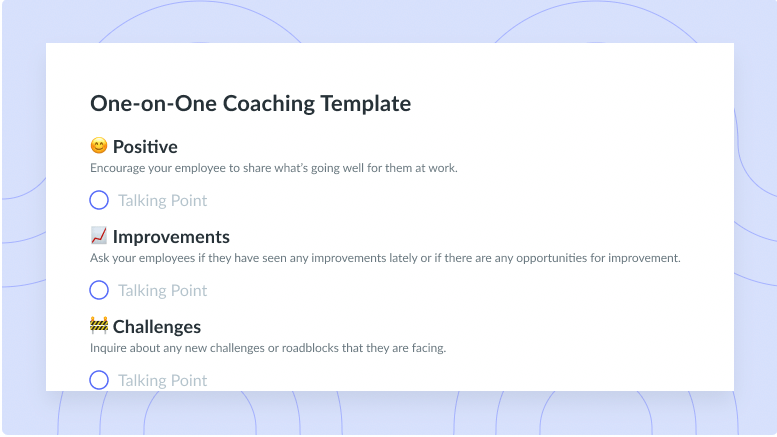Requirements Gathering 101: 6 Steps to Effectively Preparing for Your Projects
Learn how effective requirements gathering helps you to accurately plan for your projects. Plus learn the 6 steps to requirements gathering.
Did you know that 27% of projects run over budget, and 47% of projects fail because of poor requirements management?
As a project manager, how are you ensuring that your project is not going to be part of either statistic?
A confident, “trust me,” just isn’t going to cut it these days.
Your project needs to provide sufficient proof of the requirements needed, and why those specific requirements are needed. Luckily, there are a ton of options for brainstorming, calculating, and analysing to help you reach the right numbers.
These techniques are all various approaches to requirements gathering, an important step in the project planning process that will help you accurately estimate the project’s scope and execution plans.
- What is requirements gathering?
- 4 reasons requirements gathering is important
- 6 steps to effective requirements gathering
What is requirements gathering?
Requirements gathering is the collecting of all things necessary to help your project run successfully. In project management, gathering requirements is the first step of any project planning assignment. The decisions made at this stage are crucial, as they will later impact the project’s ability to be completed within scope, under budget, and on time.
To ensure you’re effectively measuring the requirements for your project, you may consider asking some questions like:
- What is the target completion date?
- What budget do we have available?
- Are we expected to face any risks in this project? If so, how do we plan to mitigate them?
- What people are involved in the project?

Run delightful meetings
Increase meeting engagement and productivity with a collaborative agenda that the whole team can contribute to. Try using a tool like Fellow!

4 reasons requirements gathering is important
- Informs stakeholders
- Reduces the risk of unanticipated blockers
- Sets clear expectations
- Creates alignment
1Informs stakeholders
Establishing the necessary requirements (like scope, resources, and time) will help inform stakeholders of the project plan. According to the University of Missouri, approximately 30% of projects failed because senior management was not involved enough in planning processes. Insufficient communication and agreement in the early stages of project planning can lead to misalignment on project goals and can ultimately allow project teams to deliver a project that isn’t beneficial to the organization’s needs.
Stakeholders vary for each project, but may include:
- The project sponsor
- Company owners
- Senior executives
- Investors
- Communities
- Governments
- Trade associations
- Suppliers
2Reduces the risk of unanticipated blockers
Part of requirements gathering is generating a list of potential risks and ensuring there are sufficient resources to mitigate those risks if they occur. A contingency reserve, for example, is typically considered in requirements planning as it provides an emergency budget in the case of planned or unplanned risks.
Detailing possible unanticipated blockers is also a way to show stakeholders that you’re taking a comprehensive analysis of the project requirements planning and may be a convincing way to prove to decision-makers that more or less resources are necessary to achieve a specific target. Alternatively, it may be helpful to present different levels of requirements and the capabilities or risks associated with each outcome.
3Sets clear expectations
The resources allocated to the project are, of course, finite.
Providing a specific requirement for the amount of human support, material resources, time, and finances sets mutually agreed parameters within which the project needs to operate. The client or project sponsor can rely on these specific numbers to gauge project success later if the end results are more or less than the planned requirements.
Having specific allocations of resources also communicates the expectations to the project team for the supplies and time they’ll have available to complete the project.
4Creates alignment
44% of projects fail due to lack of alignment between project and business objectives. Not only does the project manager need to ensure alignment between the goals of the client and the goals of the project team, but they also need to ensure there is strategic alignment between the goals of the project and the goals of the organization.
Getting mutual agreement from stakeholders, the project sponsor, and the project team is essential to providing accurate scope and delivering a successful final project. Documenting shared expectations provides the limitations for the project and holds all parties accountable to the goal. Using a tool like Fellow to sync your project management platforms directly to your meeting notes can make it easier to share project documentation directly in calls with project stakeholders.
6 steps to effective requirements gathering
- Collect documents
- Inform stakeholders
- Define objective and key results (OKRs)
- Gain approval
- Designate roles
- Track progress
1Collect documents
The first step in preparing for requirements gathering is collecting all relevant documents for the project. Note that not all documents may be available when you’re planning the resources needed for the project. In some cases, documents like plans, budgets, and contracts are subject to change throughout the project life cycle.
Relevant documents to acquire may include:
- The project plan
- Budget plans
- List of assumptions
- Stakeholder identification and management plans
- Risk management plans
- Procurement plans, if available
- Contracts that are already signed or in negotiation
- Legislation or relevant compliance regulations
- Letters of approval or other notices regarding the project
2Inform stakeholders
When you’ve measured the amount of resources required, it’s essential that you inform stakeholders immediately. Particular stakeholders, such as the project sponsor, can have a great deal of influence on approval of the project requirements. Getting influential and engaged stakeholders on board with the plan should be the number one priority at this stage. Other stakeholders who are less engaged or less influential should still be kept in the loop in case they have relevant insights to provide in the planning phase.
3Define objective and key results (OKRs)
Stakeholders typically have an objective in mind when entering a project, even if the target results are not yet quantifiable. If the goal is not yet quantified, work with subject matter experts within the project to deliver a forecast of expected results. OKRs should be measurable, feasible, relevant, and based on a specific time frame to help identify if the project is a success or failure.
An example of a quantifiable project objective is: “This project will increase tourism in the neighborhood by 24% in the first year after project completion.”

4Gain approval
Your stakeholders and team should all be in agreement to move forward with the project. Being clearly aligned on scope is the key element that will guide your project to success or failure. Defining the scope more deeply, including the boundaries and assumptions of the project, will help prevent scope creep (when a project’s scope increases beyond what was originally planned) later in the project.
The project sponsor (the stakeholder who is financially supporting the project) has the final say in approving or disapproving the project’s requirements.
5Designate roles
The project manager is responsible for dividing tasks within the direct project team and other supporting members (like contractors or other employees of the organization). Not only does this designation ensure that specialists are assigned to responsibilities within their area of expertise, but it also ensures that people can be held accountable when it comes time to deliver results. A responsibility assignment matrix is a document that will outline who is responsible for which specific tasks within the project. Typically, the project manager or the resources coordinator manages this document.
6Track progress
55% of organizations don’t have access to real-time updates on project key performance indicators (KPIs). Not only does this lack of updates leave stakeholders in the dark about the project’s current status, but it also limits the project team’s ability to identify possible areas of failure and create new solutions in time.
Continuously measuring OKRs and KPIs throughout the project is essential to understanding whether the project is likely to be successful. Coordinators who are responsible for the schedule, budget, and resources (human and materials) need to report to the project manager on a consistent basis. The project manager can then report to the key stakeholders with progress and forecasting updates. It’s essential that these reports are delivered frequently so issues can be identified and mitigated as early as possible.
Fellow can even help you run cross-functional meetings, which help teams maintain accountability to results by tracking milestones, allowing an exchange of feedback in real-time, and recognizing the success of teammates’ work.
Parting advice
Projects vary in complexity and can be especially hard to plan for when working on a new project area. Extensive research is the key to success when working on projects that have some level of unfamiliarity. Research can be conducted with stakeholders or project members who have experience with similar projects in the past, or you can hire a subject matter expert to advise on the requirements needed. Either way, it’s important to have solid reasoning for the requirements needed to ensure the project is accurately scoped and planned.


![12 Tips to Hold Productive Partner Meetings [+ Free Template]](https://fellow.app/wp-content/uploads/2022/05/Productive-Partner-Meetings-2.jpg)






